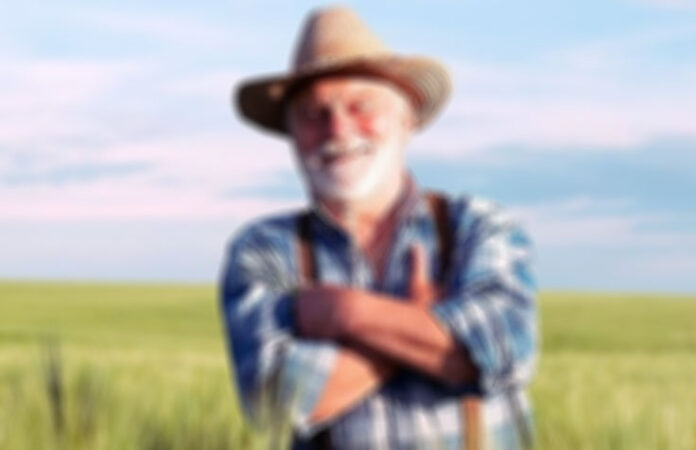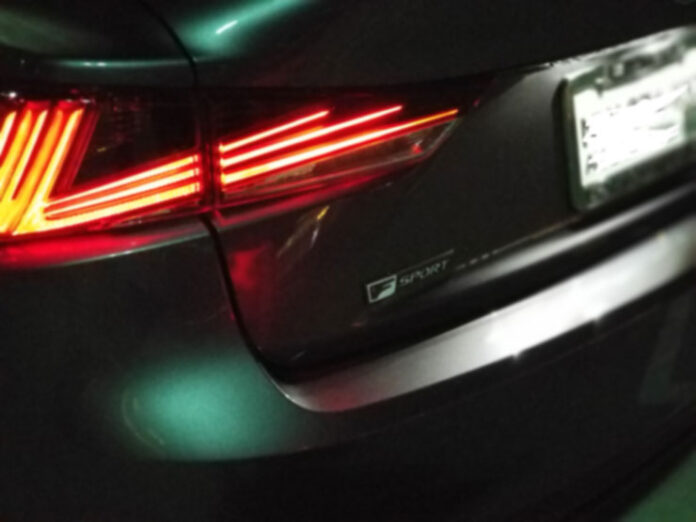No English dictionary has been able to adequately explain the difference between the two words complete and finished.
In a recently held linguistic competition held in London, England and attended by the best in the world, Samsundar Balgobin, a Guyanese man from Bachelors Adventure, was the clear winner with a standing ovation which lasted over five minutes.
The final question was: How do you explain the difference between COMPLETE and FINISHED in a way that is easy to understand. Some people say there is no difference between the two.
Here is Samsundar’s astute answer — “When you marry the right woman, you are COMPLETE. When you marry the wrong woman, you are FINISHED. And when the right one catches you with the wrong one, you are COMPLETELY FINISHED!”
Samsundar won a trip to travel in style and a case of 25 year old Eldorado Rum.





